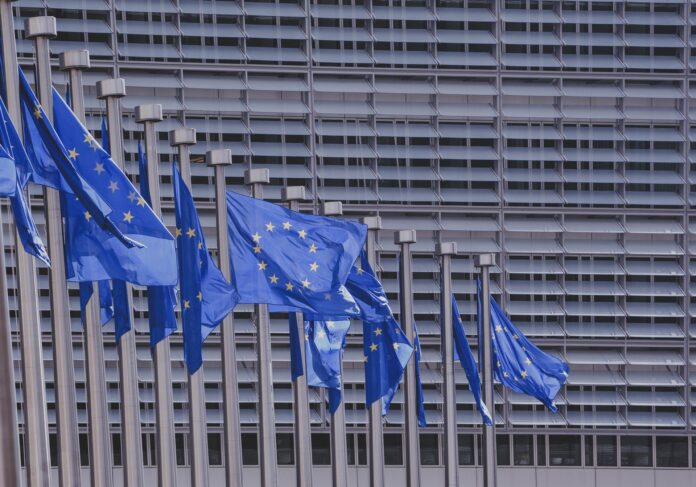In September, the legislative process in the EU Council began to set in motion the long-anticipated reform of the Customs Union. The proposed solutions aim to streamline customs processes for companies. “Simplifying procedures, digitization, implementing new programs, including the ‘Trust & Check’, are designed to strengthen the security of customs processes while facilitating the flow of goods,” explains Joanna Porath, owner of customs agency AC Porath.
- The Customs Union reform aims to improve the work of not only customs authorities, but also companies;
- Provisions of the reform include solutions for importers, such as the ‘Trust & Check’ program;
- The EU customs data center is set to be based on artificial intelligence.
In May, the European Commission presented a draft reform of the EU Customs Union, and in September the legislative process began in the EU Council. Among its primary assumptions are solutions aimed at making it easier for businesses in the TSL industry, as they’re designed to reduce complex customs procedures as well as streamline the import of goods.
“One of the most widely discussed changes is the implementation of the ‘Trust & Check’ program. It is an improved and expanded version of the AEO status, which will benefit entrepreneurs who receive this status. They will be able to introduce their goods into circulation in the EU without active customs intervention or pay customs duties periodically. It is also planned to abolish the customs exemption for goods worth less than 150 euros. This is to prevent the underestimation of the value of goods imported into the EU,” says Joanna Porath.
EU customs data center
Another element that’s programmed to facilitate businesses is the new EU customs data center (Customs Data Hub), a centralized place of customs information. Using artificial intelligence systems, data will be gathered and analysed here to prevent errors, abuse, or threats linked to customs processes.
The creation of a shared system for customs management will mean that when sending customs information, organizations will interact with only one portal and will submit data only once for multiple consignments. Currently, this process is much more complex – importers operate based on national customs authorities and more than 100 separate IT systems.
“Currently, companies in the TSL industry face a number of challenges related to importing shipments. Simplified procedures, digitization, and the implementation of new programs are all designed to strengthen the security of customs processes while facilitating the flow of goods. Of course, the reform will take time, but it’s worth being interested in the changes that await the industry now to prepare for them accordingly,” says Joanna Porath.
Implementation schedule of the reform
The European Union has presented a detailed implementation schedule of the reform. The EU Customs Agency is scheduled to start operating on January 1, 2028, and the EU customs data center will enter its first operational phase. In the second stage, there will be a migration of the already centralized customs IT systems, and then the remaining, national IT systems. Entrepreneurs will be able to start using the EU customs data center from January 1, 2032, and this will become mandatory from January 1, 2038.
“The European Commission assures that the introduced changes will reduce the burden of customs procedures, by replacing traditional declarations with intelligent solutions based on data analysis. The EC estimates that the reform, only in the scope of the electronic trade system, will bring additional revenues from customs and tax duties totaling 1 million euros per year. In turn, the EU customs data center is intended to replace the existing EU customs IT infrastructure over time, saving up to 2 billion euros annually on operational costs,” adds Joanna Porath.


















